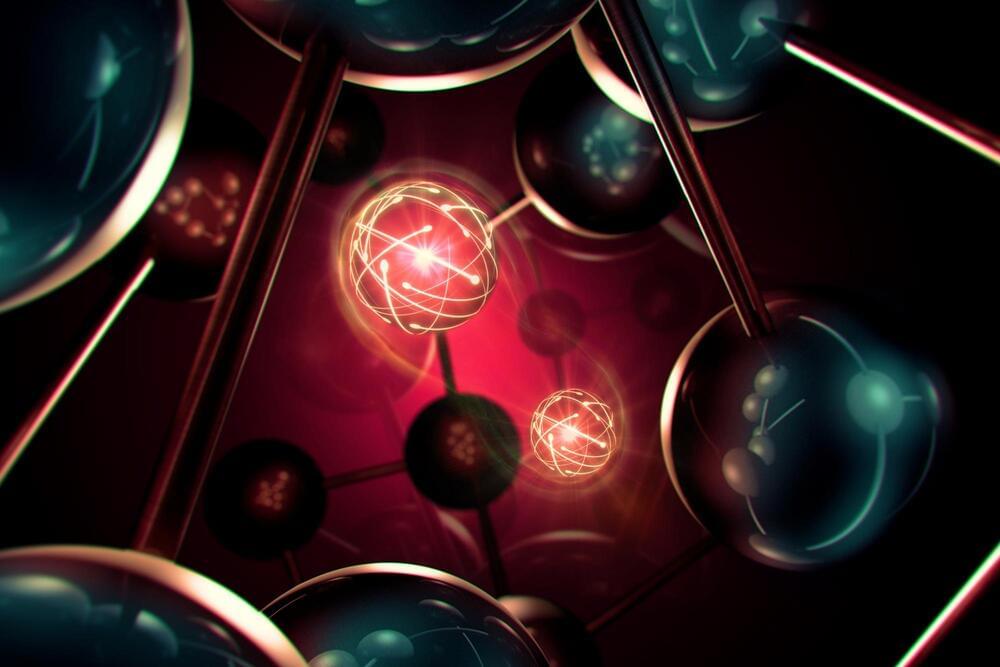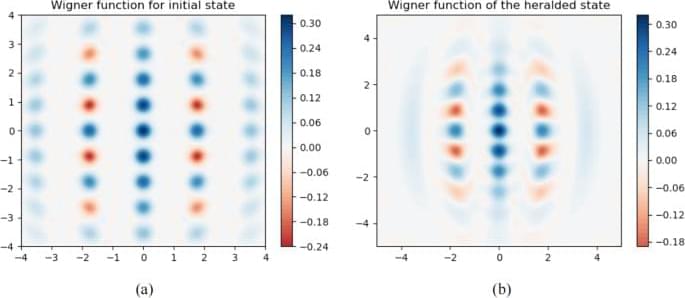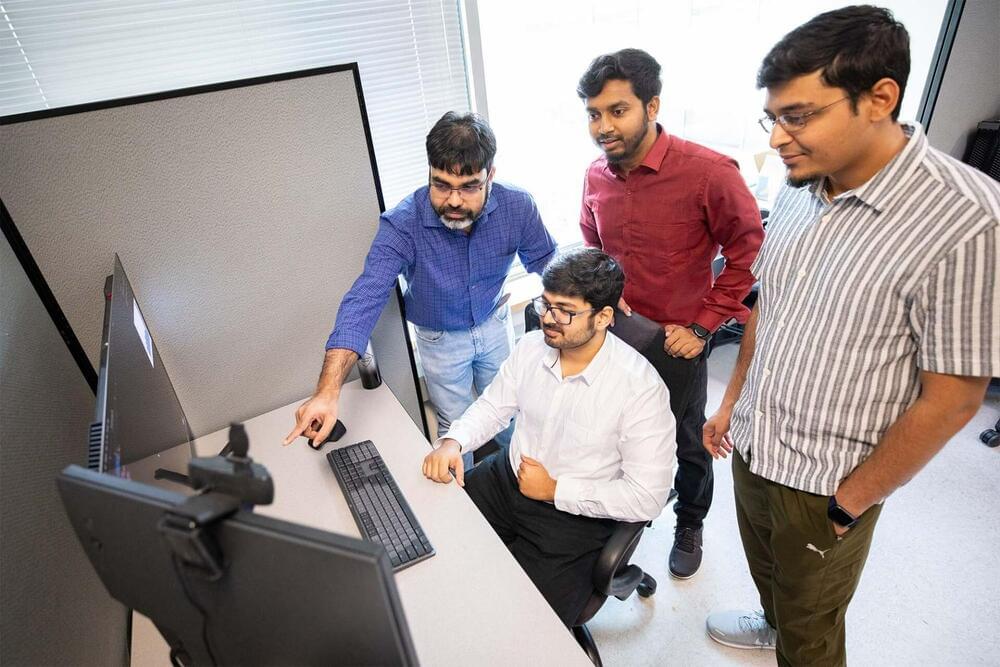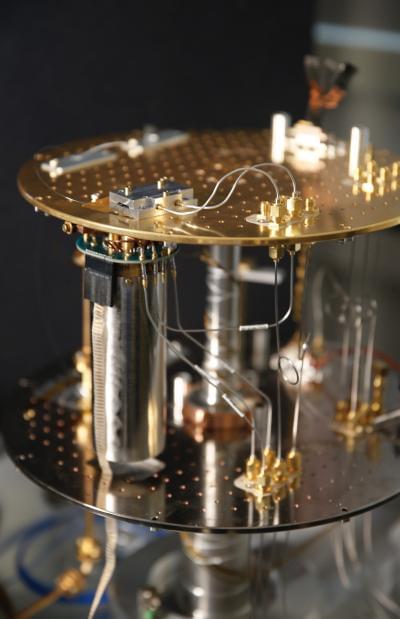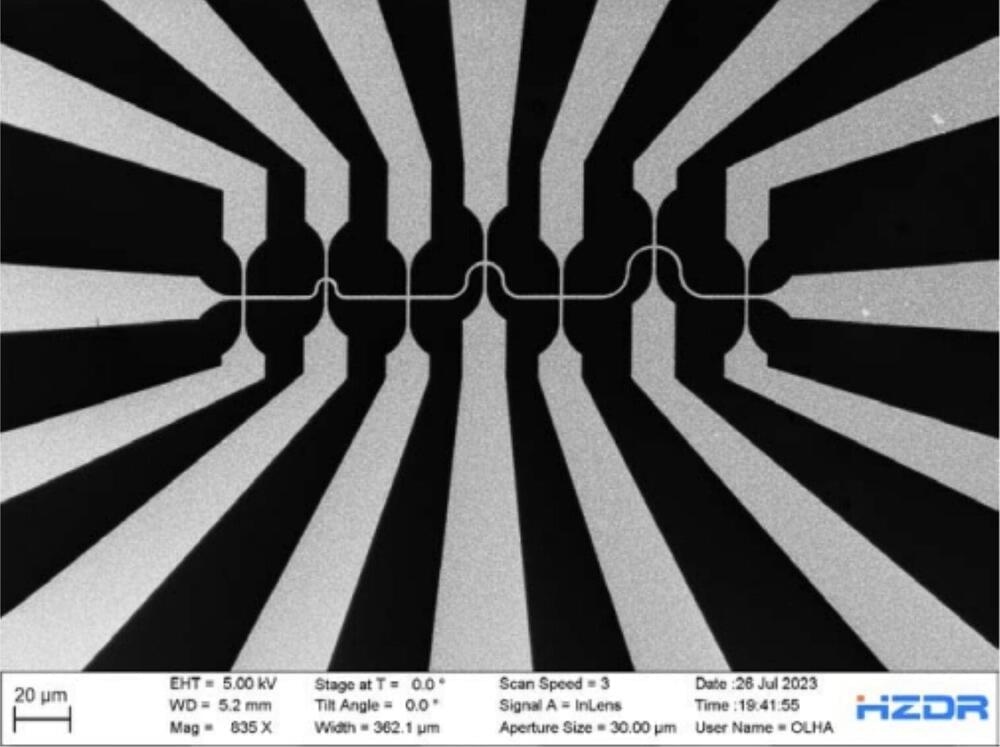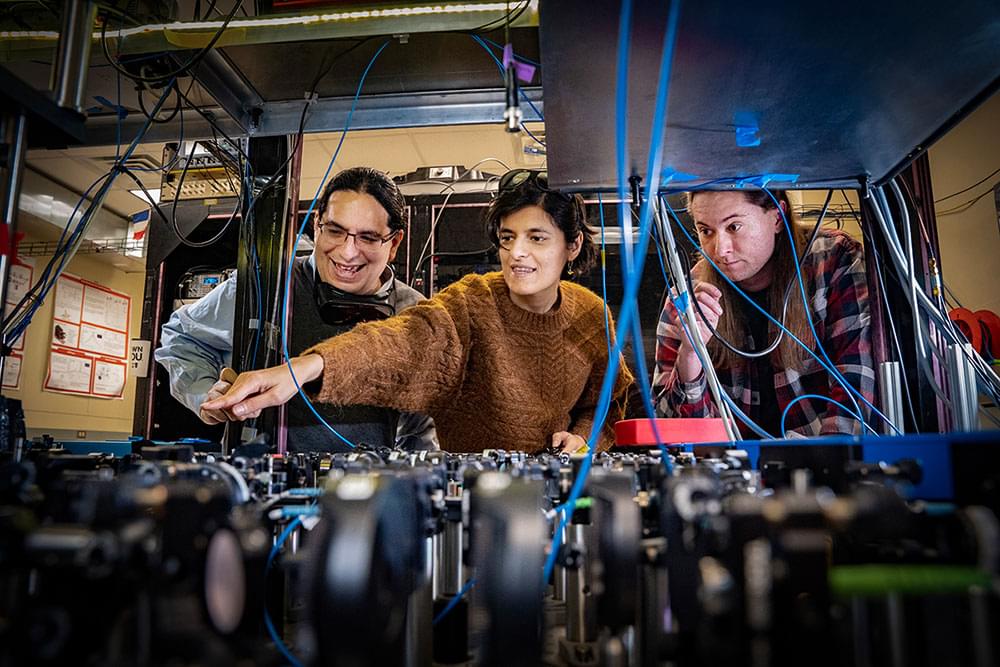
A team of Stony Brook University physicists and their collaborators have taken a significant step toward the building of a quantum internet testbed by demonstrating a foundational quantum network measurement that employs room-temperature quantum memories. Their findings are described in a paper published in the Nature journal Quantum Information.
Research with quantum computing and quantum networks is taking place around the world in the hopes of developing a quantum internet, a network of quantum computers, sensors, and communication devices that will create, process, and transmit quantum states and entanglement. It is anticipated to enhance society’s internet system and provide certain services and securities that the current internet does not have.
The field of quantum information combines aspects of physics, mathematics, and classical computing to use quantum mechanics to solve complex problems much faster than classical computing and to transmit information in an unhackable manner. While the vision of a quantum internet system is growing and the field has seen a surge in interest from researchers and the public at large, accompanied by a steep increase in the capital invested, an actual quantum internet prototype has not been built.


